Giovanni Francesco Barbieri , AKA Guercino (1591 — 1666)
Get a Barbieri Il Guercino Certificate of Authenticity for your painting (COA) for your Barbieri Il Guercino drawing.
For all your Barbieri Il Guercino artworks you need a Certificate of Authenticity (COA) in order to sell, to insure or to donate for a tax deduction.
Getting a Barbieri Il Guercino Certificate of Authenticity (COA) is easy. Just send us photos and dimensions and tell us what you know about the origin or history of your Barbieri Il Guercino painting or drawing.
If you want to sell your Barbieri Il Guercino painting or drawing use our selling services. We offer Barbieri Il Guercino selling help, selling advice, private treaty sales and full brokerage.
We have been authenticating Barbieri Il Guercino and issuing certificates of authenticity since 2002. We are recognized Barbieri Il Guercino experts and Barbieri Il Guercino certified appraisers. We issue COAs and appraisals for all Barbieri Il Guercino artworks.
Our Barbieri Il Guercino paintings and drawings authentications are accepted and respected worldwide.
Each COA is backed by in-depth research and analysis authentication reports.
The Barbieri Il Guercino certificates of authenticity we issue are based on solid, reliable and fully referenced art investigations, authentication research, analytical work and forensic studies.
We are available to examine your Barbieri Il Guercino painting or drawing anywhere in the world.
You will generally receive your certificates of authenticity and authentication report within two weeks. Some complicated cases with difficult to research Barbieri Il Guercino paintings or drawings take longer.
Our clients include Barbieri Il Guercino collectors, investors, tax authorities, insurance adjusters, appraisers, valuers, auctioneers, Federal agencies and many law firms.
We perform Guercino art authentication, appraisal, certificates of authenticity (COA), analysis, research, scientific tests, full art authentications. We will help you sell your Guercino or we will sell it for you.
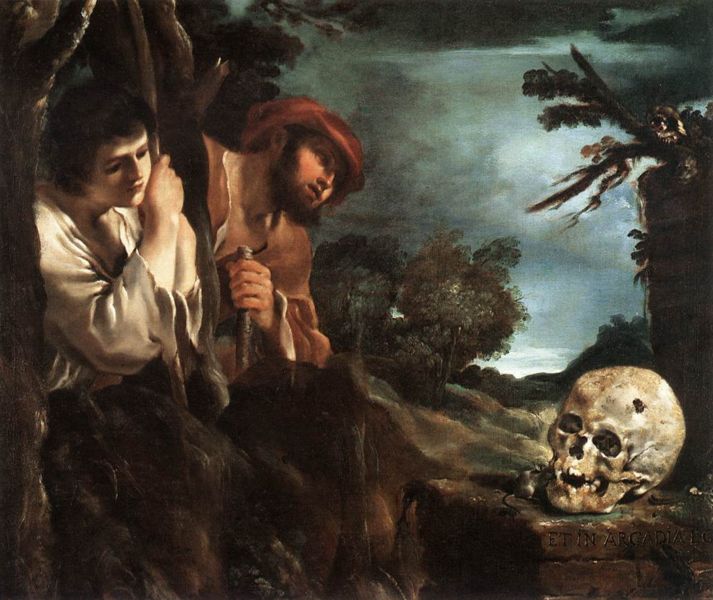
Giovanni Barbieri, best known as Guercino or Il Guercino, was an Italian Baroque painter from the region of Emilia, and active in Rome and Bologna. Guercino is Italian for squinter, a nickname that was given to him because he was cross-eyed. He is especially noted for his many superb drawings.

Guercino was born at Cento, a village between Bologna and Ferrara. By the age of 17 he was associated with Benedetto Gennari, a painter of the Bolognese School. By 1615 he moved to Bologna, where his work earned the praise of an elder Ludovico Carracci. He painted two large canvases, Elijah Fed by Ravens and Samson Seized by Philistines, in what appears to be a stark naturalist Caravaggesque style (although it is unlikely he had been able to see any of the Roman Caravaggio’s first-hand). They were painted for Cardinal Serra, Papal Legate to Ferrara.
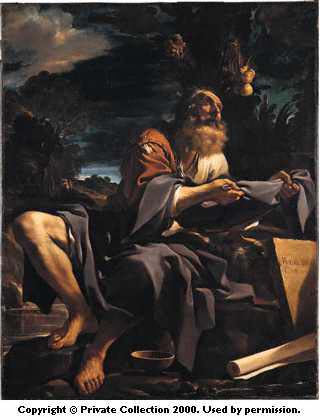
The Arcadian Shepherds (Et in Arcadia ego) was painted in 1618 contemporary with The Flaying of Marsyas by Apollo in Palazzo Pitti. His first style, he often claimed, was influenced by a canvas of Caracci in Cento. Some of his later pieces approach rather to the manner of his great contemporary Guido Reni, and are painted with more lightness and clearness. Guercino was esteemed very highly in his lifetime.
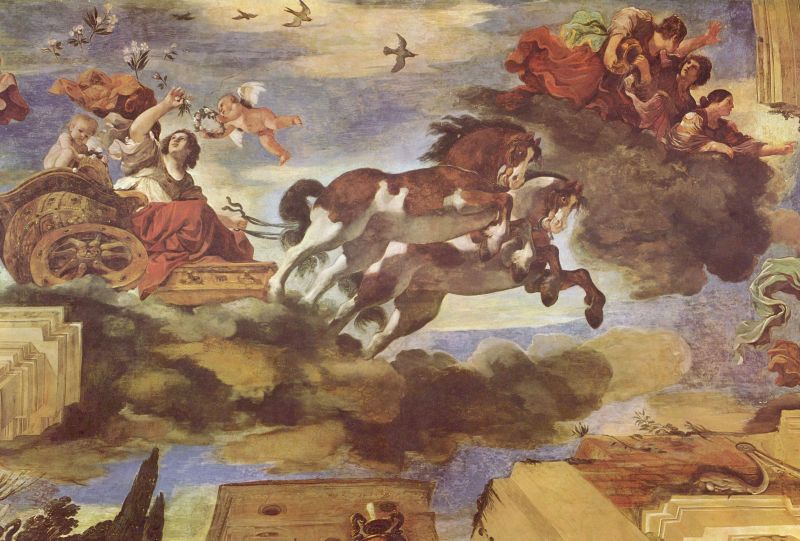
He was then recommended by Marchese Enzo Bentivoglio to the Bolognese Ludovisi Pope, Pope Gregory XV. For the two years (1621-23) he spent in Rome, he was very productive. From this stay, date his frescoes of Aurora at the casino of the Villa Ludovisi and the ceiling in San Crisogono (1622) of San Chrysogonus in Glory; his portrait of pope Gregory (now in Getty Museum, and, what is considered his masterpiece, The Burial of Saint Petronilla or St. Petronilla Altarpiece, for the Vatican (now in the Museo Capitolini).

The Franciscan order of Reggio in 1655 paid him 300 ducats for the altarpiece of Saint Luke Displaying a Painting of the Madonna and Child (now in Nelson-Atkins Museum of Art, Kansas City). The Corsini also payed him 300 ducats for the Flagellation of Christ painted in 1657.
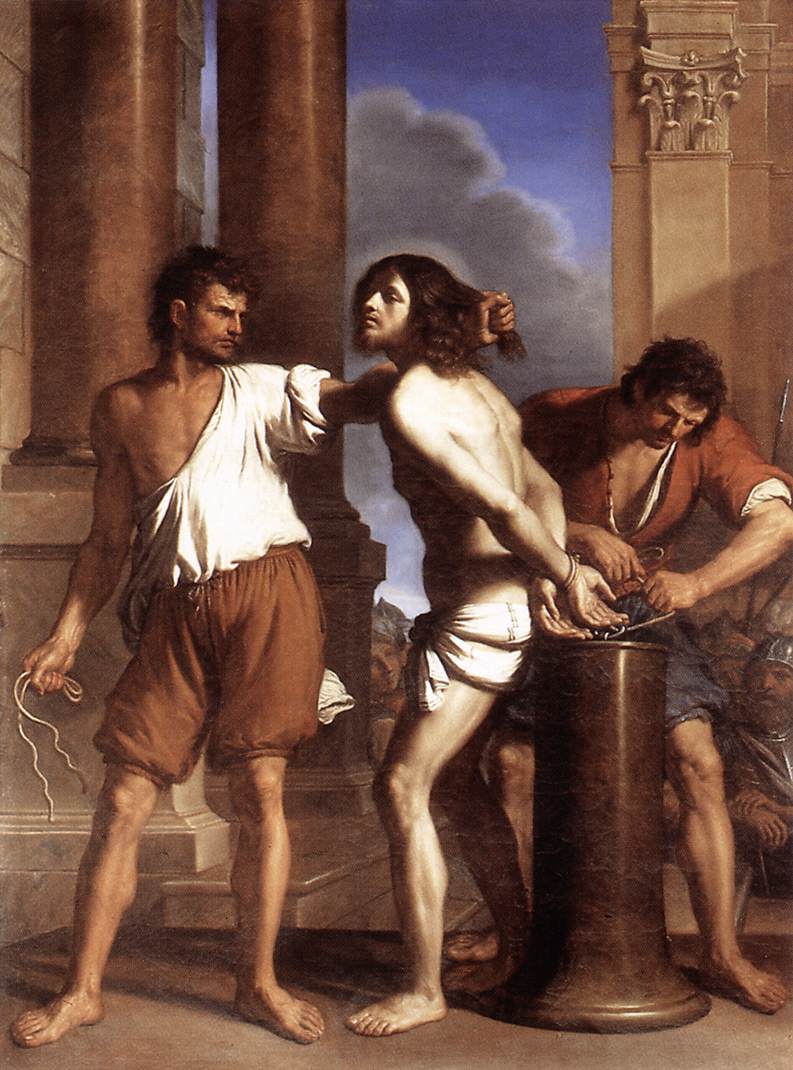
He was remarkable for the extreme rapidity of his execution – he completed no fewer than 106 large altar-pieces for churches, and his other paintings amount to about 144. In 1626 he began his frescoes in the Duomo at Piacenza. Guercino continued to paint and teach up to the time of his death in 1666. He had amassed a handsome fortune.

Among his many pupils, Guercino had Lorenzo Bergonzini, Sebastiano Bombelli, Giuseppe Bonati, Bartolomeo Caravaglio, Benedetto Gennari, Cesare Gennare, Sebastiano Ghezzi, Fulgenzio Mondini, Paolo Antonio Paderna, Francesco Paglia, Cesare Pronti, Luigi Quaini, Luigi Scaramuccia, and Cristoforo Serra.
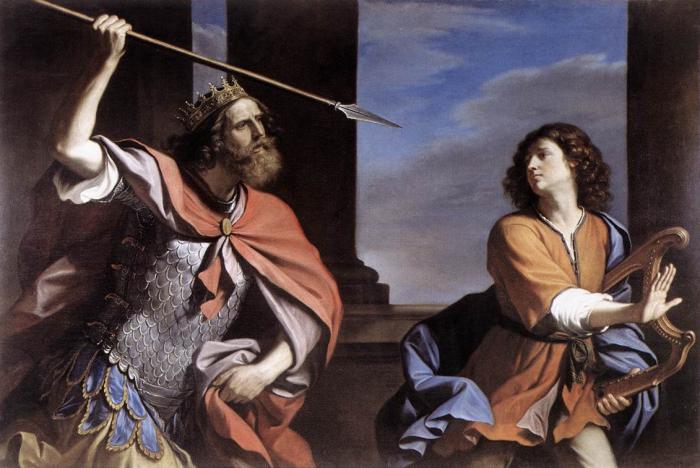
Still wondering about an Italian painting in your family collection? Contact us…it could be by Guercino.
Reviews
1,217 global ratings
5 Star
4 Star
3 Star
2 Star
1 Star
Your evaluation is very important to us. Thank you.
